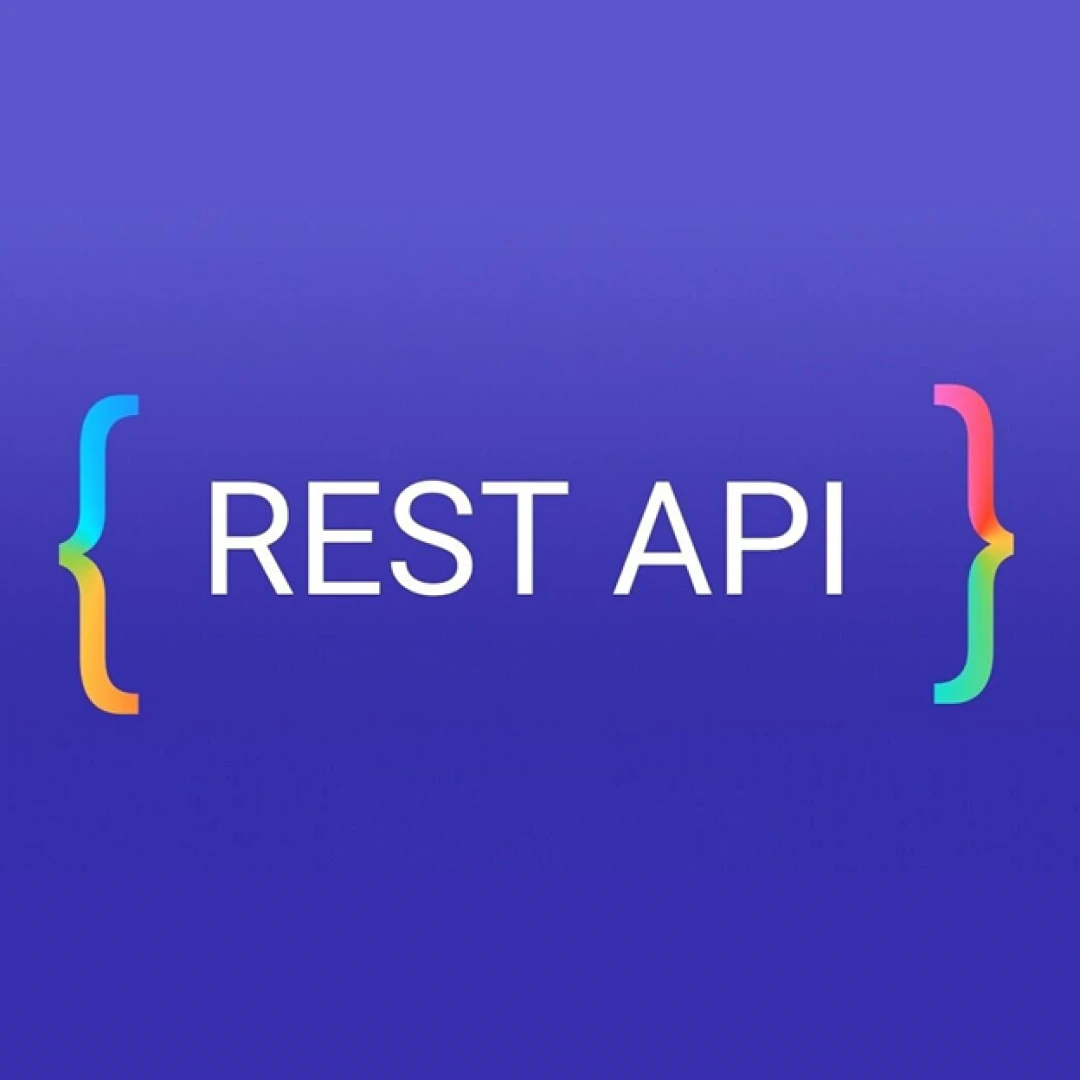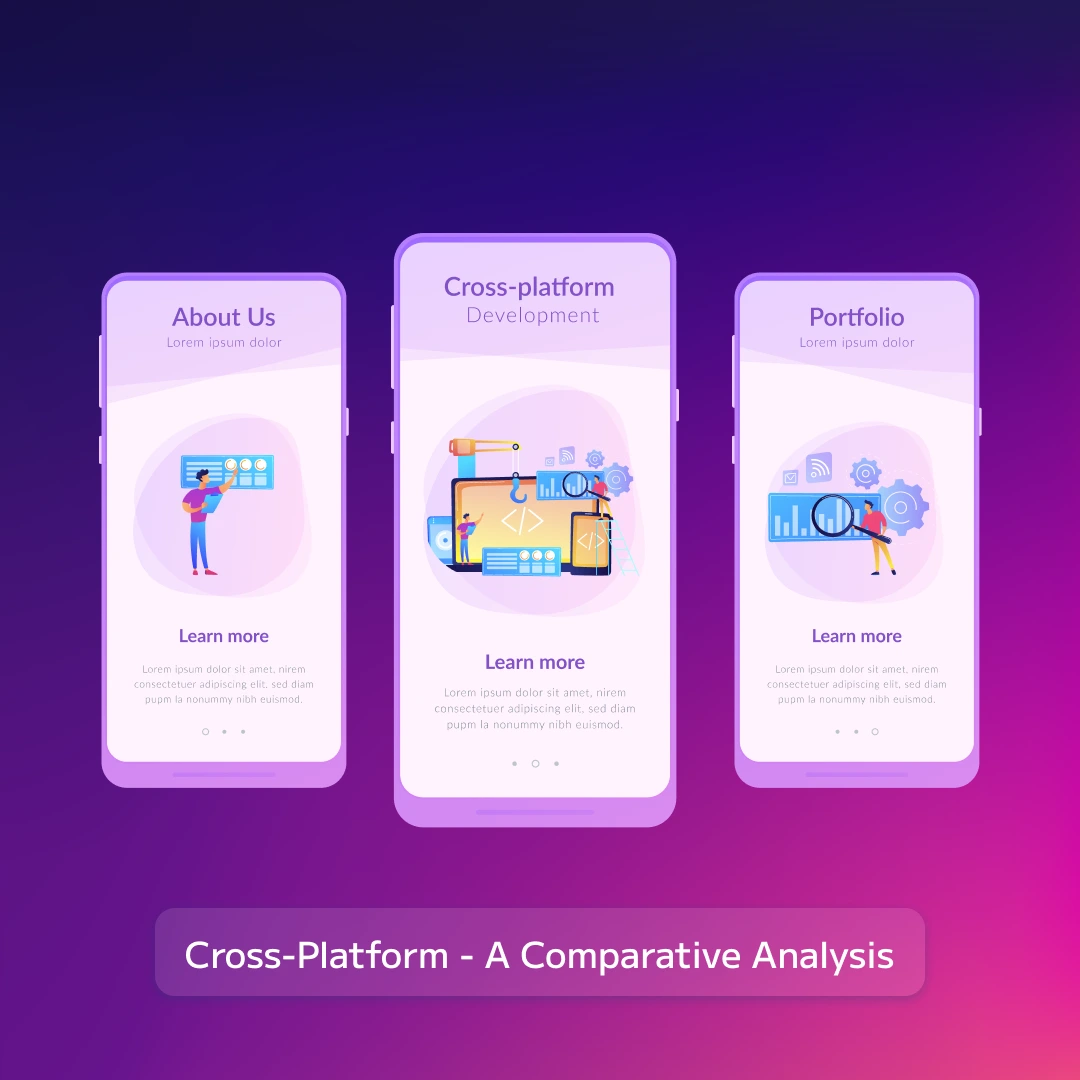

Table of Contents
- Defining Diversity and Inclusion
- Why Diversity Matters in Software Teams
- The Role of Inclusion in Building Effective Teams
- The Future of Diversity and Inclusion in Software Teams
- Conclusion
- FAQs

In this article, we'll explore the importance of diversity and inclusion in software teams, discuss the benefits, challenges, and strategies for creating a more diverse and inclusive team, and look at how leadership plays a vital role in this process.
Defining Diversity and Inclusion
- What is Diversity?
- What is Inclusion?
Diversity refers to the presence of differences within a team. In the context of software development, this could mean differences in race, gender, ethnicity, age, socioeconomic status, educational background, and more. A diverse team has members who bring unique perspectives, which can enhance problem-solving and drive innovation.
Inclusion goes beyond diversity by ensuring that all team members, regardless of their differences, feel welcome and valued. It’s about creating a culture where everyone feels like they belong, and their contributions are recognized. Inclusive teams provide equal opportunities for every member to thrive, creating an environment of respect and collaboration.
Why Diversity Matters in Software Teams
- Driving Innovation Through Diverse Perspectives
- Boosting Team Creativity and Problem-Solving
Diversity brings fresh ideas and varied approaches to problem-solving. In a software team, members from different backgrounds might have unique ways of thinking about a coding challenge or project, leading to innovative solutions that a homogeneous group might overlook.
A diverse team can approach problems from multiple angles, leading to creative solutions that might not be possible in a more uniform group. When different minds come together, they can brainstorm, challenge assumptions, and come up with ideas that push the boundaries of what’s possible in software development.
The Role of Inclusion in Building Effective Teams
- Creating a Sense of Belonging
- Enhancing Collaboration and Communication
Inclusion fosters a sense of belonging, which is essential for team members to perform at their best. When employees feel valued and supported, they are more engaged, motivated, and committed to the success of the team. This is particularly important in software development, where collaboration and teamwork are key to delivering high-quality products.
An inclusive environment encourages open communication, allowing every team member to share their ideas and feedback without fear of being marginalized. This improves collaboration, as each person feels their voice matters and can contribute meaningfully to the team’s goals.

Key Benefits of Diverse and Inclusive Software Teams
- Improved Productivity and Efficiency
- Broader Market Reach
- Better Decision-Making
Diverse and inclusive teams tend to be more productive because they leverage the strengths of each individual. By combining different skills and perspectives, these teams can work more efficiently and deliver better results.
A diverse team is better equipped to understand and serve a diverse customer base. When software teams reflect the diversity of the market they’re developing products for, they can create solutions that resonate with a wider audience.
Research shows that diverse teams make better decisions because they consider a wider range of factors and viewpoints. In the fast-paced world of software development, making informed and balanced decisions is crucial for success.
Challenges to Implementing Diversity and Inclusion
- Unconscious Bias
- Communication Barriers
Unconscious bias is one of the most significant barriers to diversity and inclusion. People often gravitate toward those who are similar to them, which can affect hiring decisions, promotions, and team dynamics.
Cultural and language differences can sometimes create communication challenges in diverse teams. Overcoming these barriers requires a conscious effort to foster understanding and empathy within the team.
Strategies for Building Diverse and Inclusive Software Teams
- Recruitment and Hiring Practices
- Fostering an Inclusive Culture
- Continuous Education and Training
To build a diverse team, companies need to prioritize diversity in their recruitment and hiring practices. This includes actively seeking candidates from underrepresented groups and ensuring that the interview process is free from bias.
Creating an inclusive culture starts with leadership but must be embraced by the entire organization. Companies can promote inclusion by offering mentorship programs, encouraging open dialogue, and celebrating diversity through team-building activities.
Diversity and inclusion should be an ongoing focus, not a one-time initiative. Companies can provide regular training on topics like unconscious bias and cultural competence to ensure that everyone understands the importance of inclusivity.
The Role of Leadership in Promoting Diversity
- Leading by Example
- Accountability and Measuring Progress
Leaders play a crucial role in promoting diversity and inclusion. By leading by example and demonstrating a commitment to these values, leaders can inspire their teams to follow suit.
It’s important to hold leaders and teams accountable for progress in diversity and inclusion. This can be done by setting measurable goals, such as increasing the representation of underrepresented groups, and regularly reviewing progress.

The Future of Diversity and Inclusion in Software Teams
Remote work has opened up new opportunities for diversity by allowing companies to hire talent from different regions and backgrounds. This shift has the potential to further enhance the diversity of software teams.
As the tech industry continues to evolve, there is a growing movement to advance diversity through policy changes and advocacy. Organizations are increasingly recognizing the need to invest in programs that support underrepresented groups in tech.
Conclusion
Diversity and inclusion are not just moral imperatives—they are essential for the success of software teams. Diverse teams bring fresh perspectives, drive innovation, and improve problem-solving, while inclusive environments foster collaboration, belonging, and better decision-making. While challenges exist, companies that prioritize diversity and inclusion in their software teams will be better positioned for long-term success.
FAQs
- What are the main advantages of diversity in software teams?
- How can companies overcome challenges in promoting diversity?
- What role does leadership play in fostering an inclusive environment?
- How does diversity affect innovation in software development?
- What are the best practices for building diverse teams?
Diversity in software teams leads to innovation, improved problem-solving, and better decision-making due to a wide range of perspectives.
Companies can overcome challenges by addressing unconscious bias, improving communication, and fostering a culture of inclusion through continuous education and strong leadership.
Leadership is critical in setting the tone for diversity and inclusion. Leaders must lead by example, hold teams accountable, and ensure that inclusivity is a core value.
Diverse teams bring varied viewpoints that lead to creative solutions and innovative product development, helping companies stay ahead in competitive markets.
Best practices include inclusive hiring practices, ongoing training, mentorship programs, and creating a culture where all voices are heard and valued.






